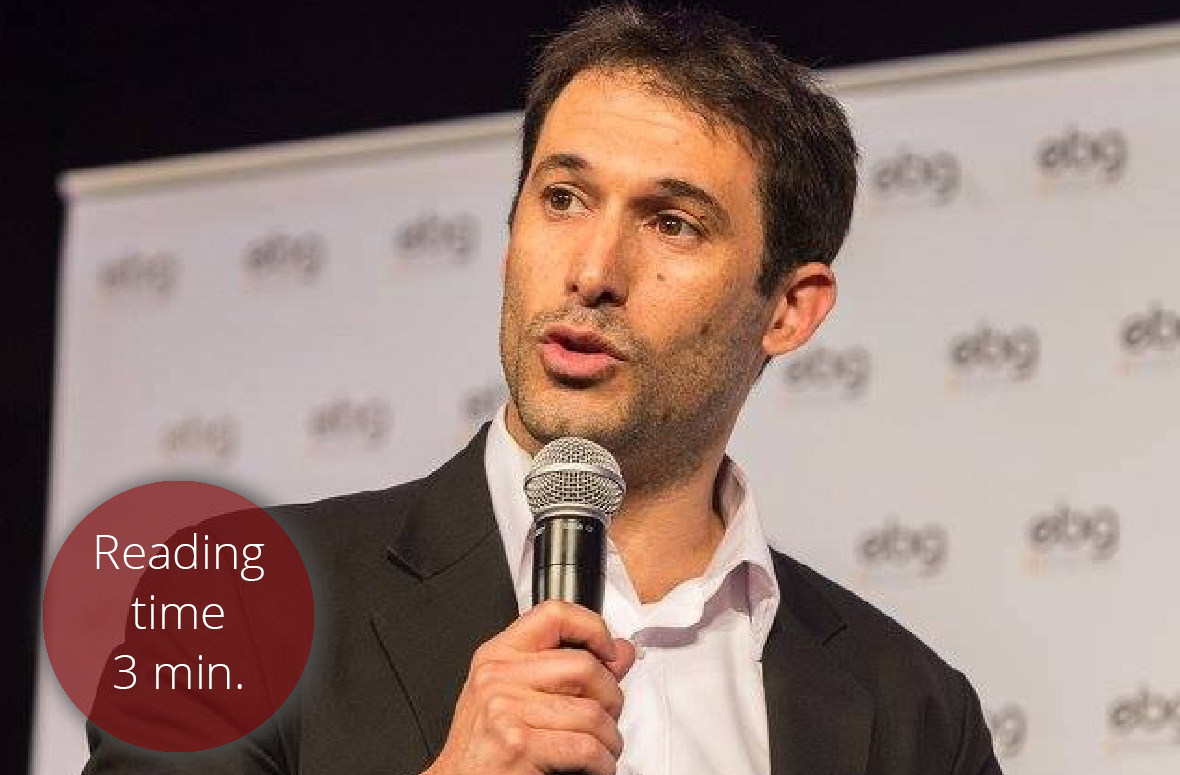Are pre-seed rounds making a comeback in Israeli tech?
13.11.2022

I admit, it was something I’ve never experienced before as an investor.
Going into first meetings with Israeli founders who showed me their deck and said something like: “we’re raising a $7 million seed round to build XYZ, and you need to let us know by tomorrow if you’d like us to save you room in the round”. I asked, “what do you have so far…?” And the answer was “a deck and a vision”.
That’s it???
For someone who’s all about being on the founder’s side, it was a bit of a strange time.
In 2021, large seed rounds of about $6 million and up increased significantly among Israeli tech startups. In fact, seed rounds and first rounds totaled $3.7 billion in 2021, a 97% increase from 2020.
This phenomenon can be chalked up to high startup valuations and many growth funds participating or leading the seed rounds. That was part of the trend, as 2021 was the best year ever for Israeli tech with $25 billion raised and a record number of unicorns and mega rounds.
But times have changed and the frothy market now seems like a distant memory.
Founders need to adapt, and it needs to start early in the lifecycle of the company.
Why raising a large seed round is problematic
While 2021 was a massive year for Israeli startups it’s crucial to separate early stage funding from late-stage and growth rounds. It may seem counterintuitive, but startups in their early stages are actually doing themselves a disservice by raising a large round right off the bat.
Fellow early stage investor Gil Dibner summed it up with a spot-on tweet, “Starting to see the direct impact of big funds that did $1M-$5M throwaway “seed” checks to buy optionality. It ain’t pretty.”
There are three main issues with large seed rounds:
Founders are under intense pressure to prove their worth and grow revenues. In some ways, these large seed rounds, while considered successes, have the potential to set startups up for failure.
The bar for raising the next round is higher. That means that as a founder, you need to get a lot of things right, and have the ability to show real product-market fit. That’s never easy at this stage.
You might not have the right capital partners forming your seed round, as many late stage funds are throwing fliers to get into potential good companies later on.
Is there a better option?
Israeli tech startups have been raising large seed rounds for years now, but in 2021, the trend skyrocketed. When I first noticed large seed rounds in the Israeli tech ecosystem, I felt it was wrong for the most part (I believe that repeat successful founders can and should have this optionality).
In my experience, small pre-seed followed by seed rounds can do wonders for Israeli startups and position them for success, much more so than a large, standalone seed round.
A pre-seed round addresses both issues of external pressure and timing. Here’s how:
Founders who raise a pre-seed round often do so with the help of family and friends, and the amount can range anywhere between $500K and $2M. This pre-seed funding allows founders to develop an alpha version of their product and release it, while testing things and having more freedom to make mistakes and iterate early on.
Once founders have a better understanding of where and how their products fit into the market, and some initial proof, they can move on to a seed round.
The kicker? The company is typically at a higher valuation than it would have been without the pre-seed round, and has the right partners around the table.
What’s happening with seed funding in 2022?
In recent months, I see a trend where pre-seed and seed funding are returning to what is considered “normal,” i.e., pre-seed rounds of up to $2M. (This is likely due to the economic woes that are rocking the entire world.)
While harder for founders, small pre-seed rounds followed by seed rounds are the right way to go about building a successful startup. These small rounds pave the way for founders to test their products, bring the right team members on board and join forces with the right VCs, while retaining equity.
For the sake of both founders and their startups, this is a trend I’d like to see continue. It is right for founders, investors and the industry in general.
Going into first meetings with Israeli founders who showed me their deck and said something like: “we’re raising a $7 million seed round to build XYZ, and you need to let us know by tomorrow if you’d like us to save you room in the round”. I asked, “what do you have so far…?” And the answer was “a deck and a vision”.
That’s it???
For someone who’s all about being on the founder’s side, it was a bit of a strange time.
In 2021, large seed rounds of about $6 million and up increased significantly among Israeli tech startups. In fact, seed rounds and first rounds totaled $3.7 billion in 2021, a 97% increase from 2020.
This phenomenon can be chalked up to high startup valuations and many growth funds participating or leading the seed rounds. That was part of the trend, as 2021 was the best year ever for Israeli tech with $25 billion raised and a record number of unicorns and mega rounds.
But times have changed and the frothy market now seems like a distant memory.
Founders need to adapt, and it needs to start early in the lifecycle of the company.
Why raising a large seed round is problematic
While 2021 was a massive year for Israeli startups it’s crucial to separate early stage funding from late-stage and growth rounds. It may seem counterintuitive, but startups in their early stages are actually doing themselves a disservice by raising a large round right off the bat.
Fellow early stage investor Gil Dibner summed it up with a spot-on tweet, “Starting to see the direct impact of big funds that did $1M-$5M throwaway “seed” checks to buy optionality. It ain’t pretty.”
There are three main issues with large seed rounds:
Founders are under intense pressure to prove their worth and grow revenues. In some ways, these large seed rounds, while considered successes, have the potential to set startups up for failure.
The bar for raising the next round is higher. That means that as a founder, you need to get a lot of things right, and have the ability to show real product-market fit. That’s never easy at this stage.
You might not have the right capital partners forming your seed round, as many late stage funds are throwing fliers to get into potential good companies later on.
Is there a better option?
Israeli tech startups have been raising large seed rounds for years now, but in 2021, the trend skyrocketed. When I first noticed large seed rounds in the Israeli tech ecosystem, I felt it was wrong for the most part (I believe that repeat successful founders can and should have this optionality).
In my experience, small pre-seed followed by seed rounds can do wonders for Israeli startups and position them for success, much more so than a large, standalone seed round.
A pre-seed round addresses both issues of external pressure and timing. Here’s how:
Founders who raise a pre-seed round often do so with the help of family and friends, and the amount can range anywhere between $500K and $2M. This pre-seed funding allows founders to develop an alpha version of their product and release it, while testing things and having more freedom to make mistakes and iterate early on.
Once founders have a better understanding of where and how their products fit into the market, and some initial proof, they can move on to a seed round.
The kicker? The company is typically at a higher valuation than it would have been without the pre-seed round, and has the right partners around the table.
What’s happening with seed funding in 2022?
In recent months, I see a trend where pre-seed and seed funding are returning to what is considered “normal,” i.e., pre-seed rounds of up to $2M. (This is likely due to the economic woes that are rocking the entire world.)
While harder for founders, small pre-seed rounds followed by seed rounds are the right way to go about building a successful startup. These small rounds pave the way for founders to test their products, bring the right team members on board and join forces with the right VCs, while retaining equity.
For the sake of both founders and their startups, this is a trend I’d like to see continue. It is right for founders, investors and the industry in general.











